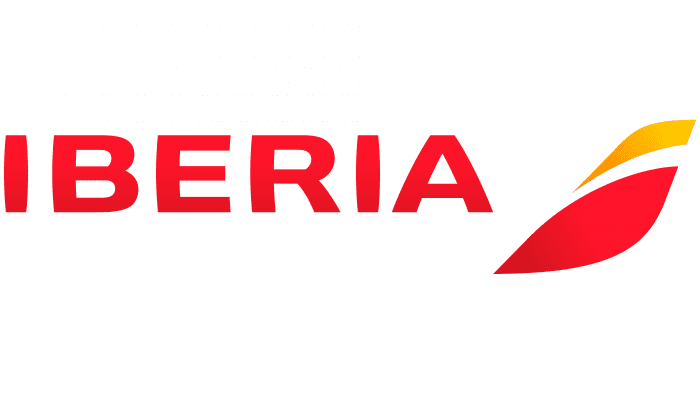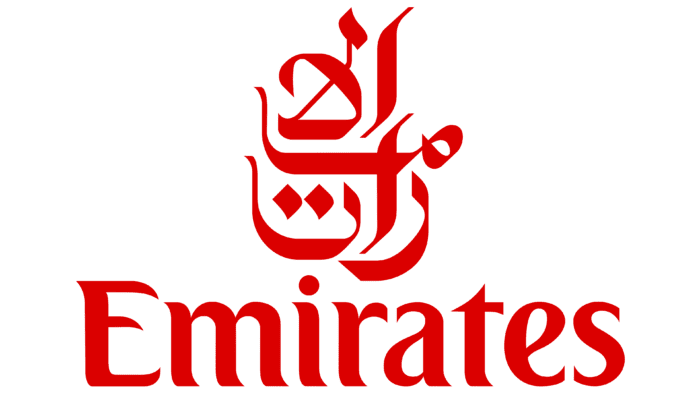The Alliance Airlines logo helps people realize that they are a reliable and exciting airline from Australia. It makes you think they are serious about flying and want you to enjoy your trip. The logo is simple, so it’s easy to remember and find when you’re choosing who to fly with.
Alliance Airlines: Brand overview
In the early 2000s, experienced aviation managers and pilots came together with a vision to start a new airline in Australia that would offer cargo and charter passenger flights. This idea led to the creation of the aviation company, which was officially registered on April 5, 2002, in Brisbane, Queensland.
Starting with an investment of about 10 million Australian dollars, the company spent a year getting the necessary licenses and hiring staff before launching its first commercial flight on June 12, 2003. Initially, the company operated with just two Fokker 50 turboprop planes, designed to carry 50 passengers each and modified for cargo operations. The company mainly served industrial and resource extraction companies in Western Australia and Queensland, transporting goods and workers.
Between 2006 and 2007, the company expanded its fleet to include the larger Fokker 100 aircraft, which could hold 100 passengers and included cargo holds. This expansion allowed the company to start passenger flights for client companies’ staff.
A key milestone was in 2011 when the company added three Fokker 70 jets, a first in Australia, significantly boosting its efficiency in cargo transport. By 2015, the company ventured into regular passenger services by integrating new Fokker 70 jets designed for passengers, marking its expansion into a new market and connecting major Australian cities.
By 2019, the fleet had grown to 25 aircraft, including Fokker 50, 70, 100, and Embraer E190 models, serving routes across Australia and New Zealand to cities like Melbourne, Sydney, Perth, Adelaide, Auckland, and Queenstown.
Alliance Airlines is a significant player in Australia’s cargo transport and a leader in charter passenger services. The company has about 700 employees, with Steve Padgett as the non-executive chairman and Scott McMillan as managing director.
Meaning and History
What is Alliance Airlines?
Alliance Airlines is an Australian company headquartered in Brisbane, Queensland. Its wide-ranging operations extend to Adelaide, Cairns, Melbourne, Perth, Townsville, Darwin and Rockhampton. Established in 2002, this aviation organization began providing contract, charter, and related aviation services. Over the years, it has significantly expanded its presence throughout Australia, providing comprehensive services and vital connectivity to the community and industry.
2002 – today
The Alliance Airlines logo is businesslike and serious, reflecting the Australian airline’s commitment to rigor and safety. This is evident in the massive letters that exude reliability. They are boldly large and have a balanced mix of curves and straight edges. The uppercase letter “A” has a single serif, similar to a spire, while the lowercase letters lack such serifs. The dot above the letter “i” has been replaced by a conceptual yellow triangle pointing to the right, with a small notch to the left. The lettering is in dark blue font and italicized, giving the impression of forward motion.
The yellow triangle is an interesting visual element that makes the design dynamic. A triangle pointing to the right can signify forward movement or progress, which is in keeping with the values of the aviation industry. The dark blue color of the lettering creates a sense of authority and trust, complementing the overall serious tone of the logo. The italicized text reinforces the sense of forward motion and adds elegance to the strict, straightforward design.
FAQ
What happened to Alliance Airlines?
In May 2022, the company reached a takeover agreement with Qantas, a major Australian airline. This deal aimed to expand Qantas’s reach by adding the company’s regional and resource-focused routes, which could have improved Qantas’s operations and services.
Such deals in the airline industry need regulators and shareholders’ approval to ensure they comply with competition laws and protect consumer interests. After months of review, in April 2023, the Australian Competition & Consumer Commission (ACCC) blocked the takeover. The ACCC, which ensures fair competition and consumer protection, was concerned that the merger could lessen competition in certain areas, possibly leading to higher prices or worse service for passengers.
Following this opposition, Qantas and the airline called off the takeover. The company continued to operate independently, keeping its role in the market and supporting competition, particularly on routes serving regional and resource-based areas.
What planes do Alliance Airlines fly?
The company uses a variety of aircraft in its fleet, primarily models from Embraer and Fokker, which are well-suited for its network of regional and resource-focused routes. The Embraer ERJ-190, especially the ERJ-190AR (ERJ-190-100 IGW) version, stands out in their lineup. It’s favored for its ability to cover short and medium distances, offering a comfortable flight experience surpassing typical regional jets.
Additionally, the company operates Fokker aircraft, including the Fokker 100 and Fokker 70. The Fokker 100, known as the F28 Mark 0100, is a larger jet used on busier routes, providing a good mix of capacity and cost efficiency. The smaller Fokker 70, or the F28 Mark 0070, is tailored for less busy routes or airports with shorter runways.
What airline is Alliance Airlines?
Alliance Airlines, established in 2002 with just three aircraft, is a well-known Australian company. It specializes in fly-in and fly-out (FIFO) air charter services, crucial for transporting workers to and from remote job sites. Over the years, the company has grown significantly and now operates a fleet of 40 Fokker aircraft with more than 500 staff. The airline offers scheduled and on-demand charter services, serving sectors like mining and resources across Australia and New Zealand.





